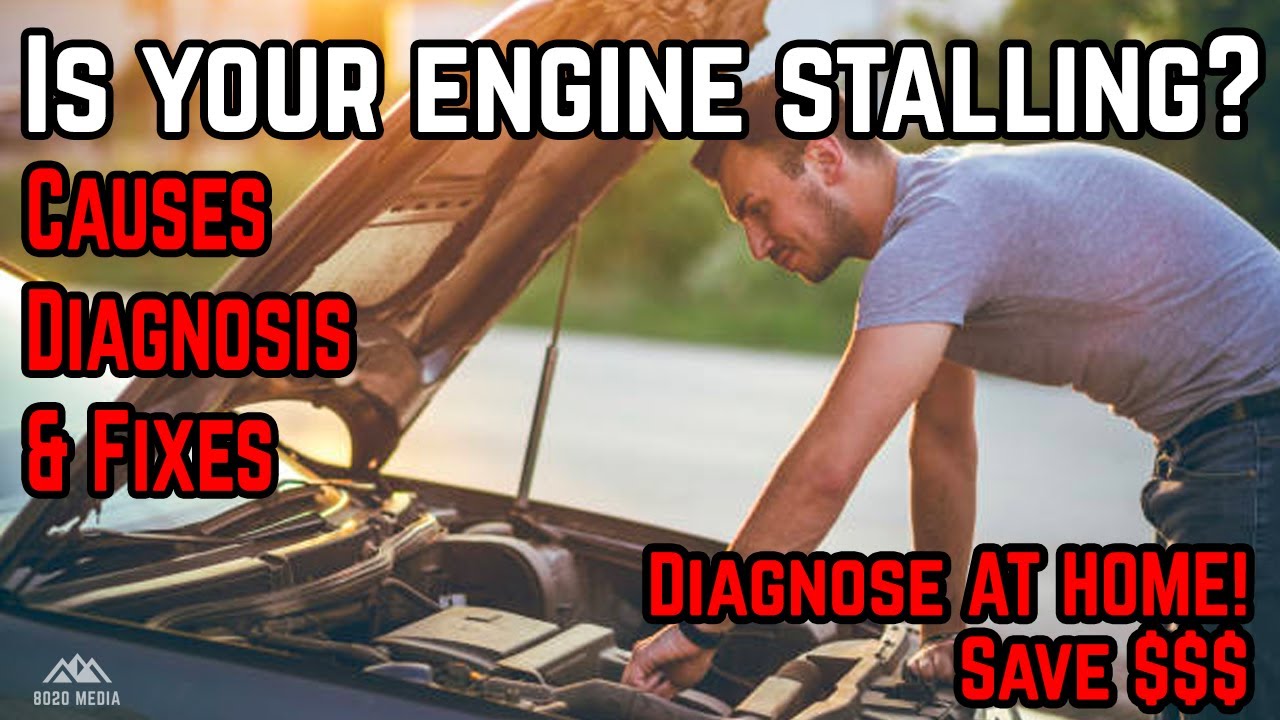Experiencing a car that stalls when cranking can be frustrating and concerning for any driver. Understanding the potential causes and solutions is essential for maintaining your vehicle’s performance; This complete guide will walk you through the common reasons for this issue‚ signs to watch for‚ and steps to resolve it.
Understanding the Issue
When a car stalls while cranking‚ it typically indicates a problem within the engine or its supporting systems. The ‘cranking’ phase refers to when the ignition key is turned‚ and the starter motor engages. If the engine fails to start and stalls during this process‚ it can stem from several underlying issues.
Common Causes of Stalling During Cranking
- Fuel System Issues: This includes problems with the fuel pump‚ clogged fuel filter‚ or empty fuel tank. A lack of sufficient fuel can prevent the engine from starting.
- Battery Problems: A weak or dead battery can cause insufficient power to the starter motor‚ leading to stalling.
- Ignition Issues: Worn spark plugs‚ faulty ignition coils‚ or issues with the ignition switch can prevent the car from starting properly.
- Electrical Problems: Corroded wiring‚ blown fuses‚ or poor connections can disrupt the electrical flow necessary for starting the engine.
- Sensor Failures: Malfunctioning sensors‚ such as the crankshaft position sensor or camshaft position sensor‚ can cause the engine to stall during cranking.
- Air Intake Problems: A blocked air filter or malfunctioning mass air flow (MAF) sensor can restrict airflow to the engine‚ causing stalling.
- Engine Mechanical Issues: Problems such as a timing belt failure or internal engine damage can lead to stalling during cranking.
Signs of a Stalling Car
Besides the obvious stalling when cranking‚ there are several signs that may indicate underlying issues:
- Unusual Noises: Grinding or clicking sounds when attempting to start can signal problems with the starter motor or battery.
- Dashboard Warning Lights: Illuminated check engine light or battery warning light may indicate electrical or mechanical issues.
- Difficulty Starting: If the engine cranks slowly or requires multiple attempts to start‚ this could be a sign of battery or starter issues.
- Fuel Smell: A strong smell of gasoline can indicate fuel system leaks‚ which may lead to stalling.
Troubleshooting Steps
If your car stalls when cranking‚ follow these troubleshooting steps:
- Check the Fuel Level: Ensure that there is enough fuel in the tank.
- Inspect the Battery: Test the battery voltage and connections. Replace if weak or corroded.
- Examine the Fuel System: Listen for the fuel pump’s operation when turning the ignition on. Replace the fuel filter if it’s clogged.
- Check the Ignition System: Inspect spark plugs and ignition coils for wear or damage.
- Scan for Diagnostic Codes: Use an OBD-II scanner to check for error codes that point to specific issues.
- Inspect Electrical Connections: Look for corroded or loose wires‚ particularly around the battery and starter.
- Check the Air Filter: Ensure that the air filter is clean and not obstructing airflow.
When to Seek Professional Help
If you’ve gone through the troubleshooting steps and the car still stalls when cranking‚ it may be time to consult a professional mechanic. Complicated issues such as internal engine problems or advanced electrical faults often require specialized knowledge and tools to diagnose and repair.
Preventive Measures
To avoid stalling issues in the future‚ consider the following preventive measures:
- Regular Maintenance: Follow your vehicle’s maintenance schedule for oil changes‚ fuel filter replacements‚ and spark plug checks.
- Battery Care: Keep battery terminals clean and ensure the battery is in good condition.
- Fuel Quality: Use high-quality fuel and consider adding fuel system cleaner periodically.
- Monitor Warning Lights: Address any dashboard warning lights promptly to prevent further issues.
Stalling when cranking your car can be a sign of various underlying issues‚ ranging from simple to complex. By understanding the potential causes and taking proactive steps‚ you can minimize the risk of experiencing this frustrating problem. Regular maintenance and prompt attention to warning signs can keep your vehicle running smoothly and reliably.

